#Tubuleslive Event: Laser Periodontics - Where a Scaler and Blade Just Won't do.
This week's #Tubuleslive Event held at Henry Schein was led by Dr Rana al Falaki - Laser Periodontiics: Where a Scaler and Blade just won't do.
The use of Lasers in Dentistry is rapidly expanding but is not something many undergraduates learn about when at Dental School.
This event has opened by eyes to the many uses and evidence of the effectiveness of lasers in the field of periodontology and it is certainly something that I would be interested in learning more about, not only in this area of dentistry, but in other areas such as restorative dentistry and oral surgery.
Here is a summary of the points I took from the event:
- Periodontitis is being linked to more and more systemic conditions, from cardiovascular disease to rheumatoid arthritis to alzheimers
- In treating periodontitis we aim mainly to save teeth but also to preserve function and improve aesthetics in order to improve a patient's quality of life
- The most challenging aspect of managing periodontitis is reducing the risk of relapse.
- We can manage periodontitis non-surgically, surgically, with perioplastic surgery and supportive periodontal therapy
- Risk factors for periodontitis include: smoking, diabetes, nutritional deficiencies, stress and genetics.
- Lasers do not replace our traditional instruments but should be used as an adjunct to scalers and blades in the management of periodontitis
- If a patient's gums are very sore, you should advise them to brush using Corsodyl gel
- When looking at radiographs to assess periodontal disease you should examine root length and shape, furcations and type of bone loss e.g. horizontal, vertical, bony defects, angular defects
- Moderate pockets are classed 4-5mm, above 6mm the pockets are classed as severe
- When using an ER, CR:YSGG laser (Waterlase) to treat periodontitis, the water-cooled laser should be used after ultrasonic scaling (using full mouth local anaesthetic) using a 500 micron tip
- Lasers have been shown to increase the stability of the periodontal condition as well as long term decrease in bleeding
- The effects of lasers include: they kill bacteria, remove biofilm and smear layer (this promotes the adhesion of fibroblasts), remove calculus, endotoxin and infected cementum
- Although there isn't enough good evidence at the moment in support of Lasers as there aren't enough Randomised Controlled Trials (RCTs), there is a growing belief amongst periodontists that lasers are as effective, if not better than scaling alone when treating periodontitis, there is less recesssion, lasers produce a more stable result and perhaps there is new generation of bone and attachment
- Whilst the regeneration of attachment (cementum, bone, ligament) is often unpredictable, using lasers could promote this attachment instead of the usual healing by Long Junctional Epithelium formation after treatment with scalers alone
- Angular bone defects are difficult to treat by non-surgical means
- Diode lasers may help reduce post-operative pain
- Lasers are more patient friendly, less expensive, are faster, have better visibility and have the potential for regeneration.
- Regeneration is most predictable in 3-walled defects and class II furcations.
- Other uses of lasers include gingivectomies, crown lengthening surgery, fraenectomies, grafting, non-surgical apiecectomies, vestibular deepening, restoration of biological width and management of peri-implantitis.
- There is a 30% incidence of peri-implant mucositis and peri-implantitis, although this varies according to which study you look at.
I think the most exciting thing I took away from the talk was the potential for tissue regeneration which I think could revolutionise the field of periodontology in future!
The next #Tubuleslive event will be next week the 13th of November: Ridge Preservation with Professor Nikos Donos.
Why not attend the live audience where you can get FREE CPD! Register online and I hope to see you there!
Have you had experience using Lasers in practice or would like to start using them on patients? Please comment in the section below!
To see my other posts about previous #TubulesLive events see here.
To see my other posts about previous #TubulesLive events see here.

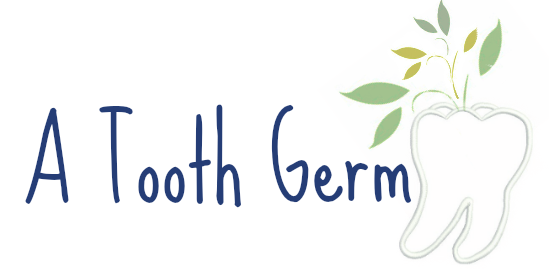
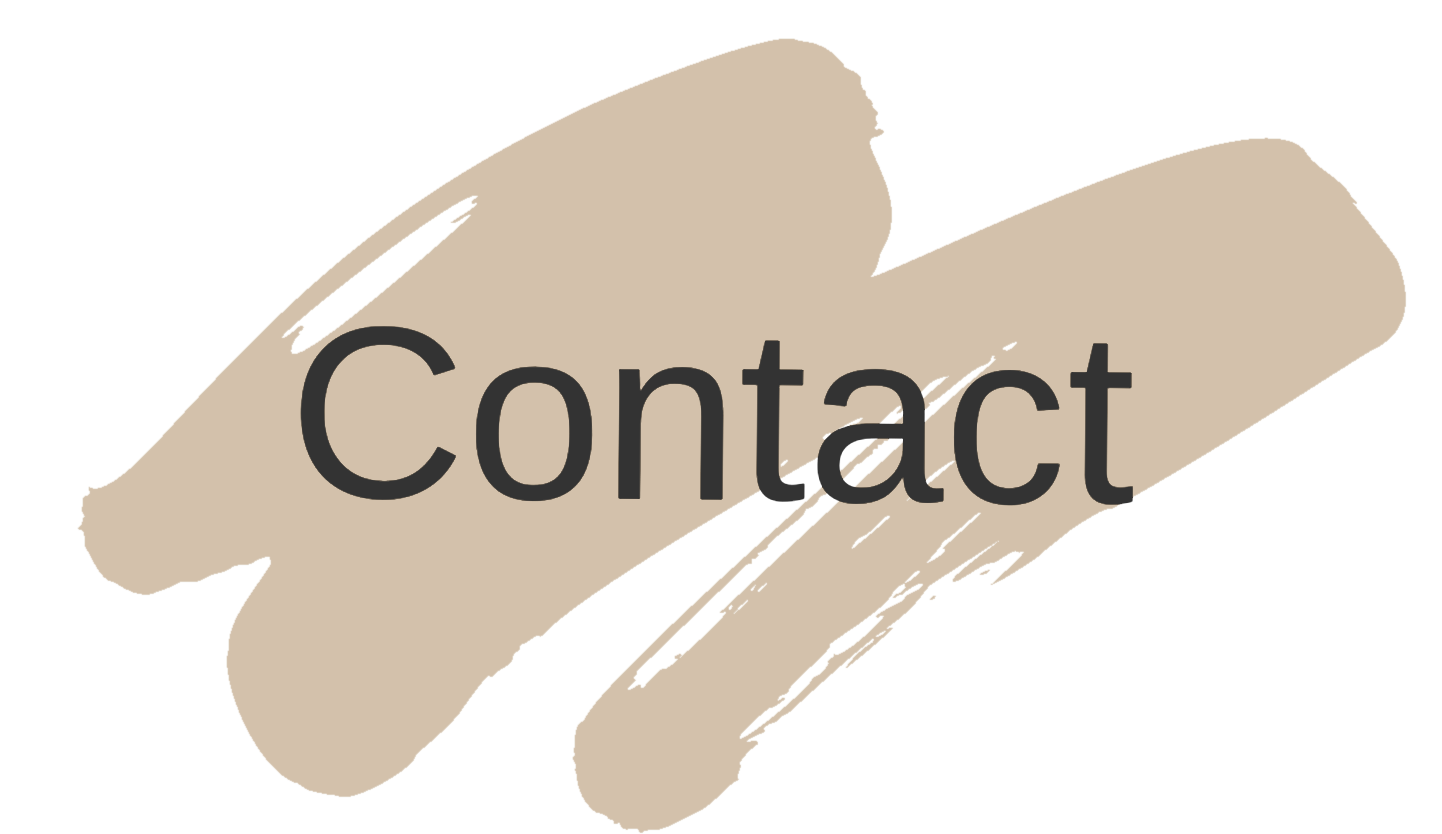


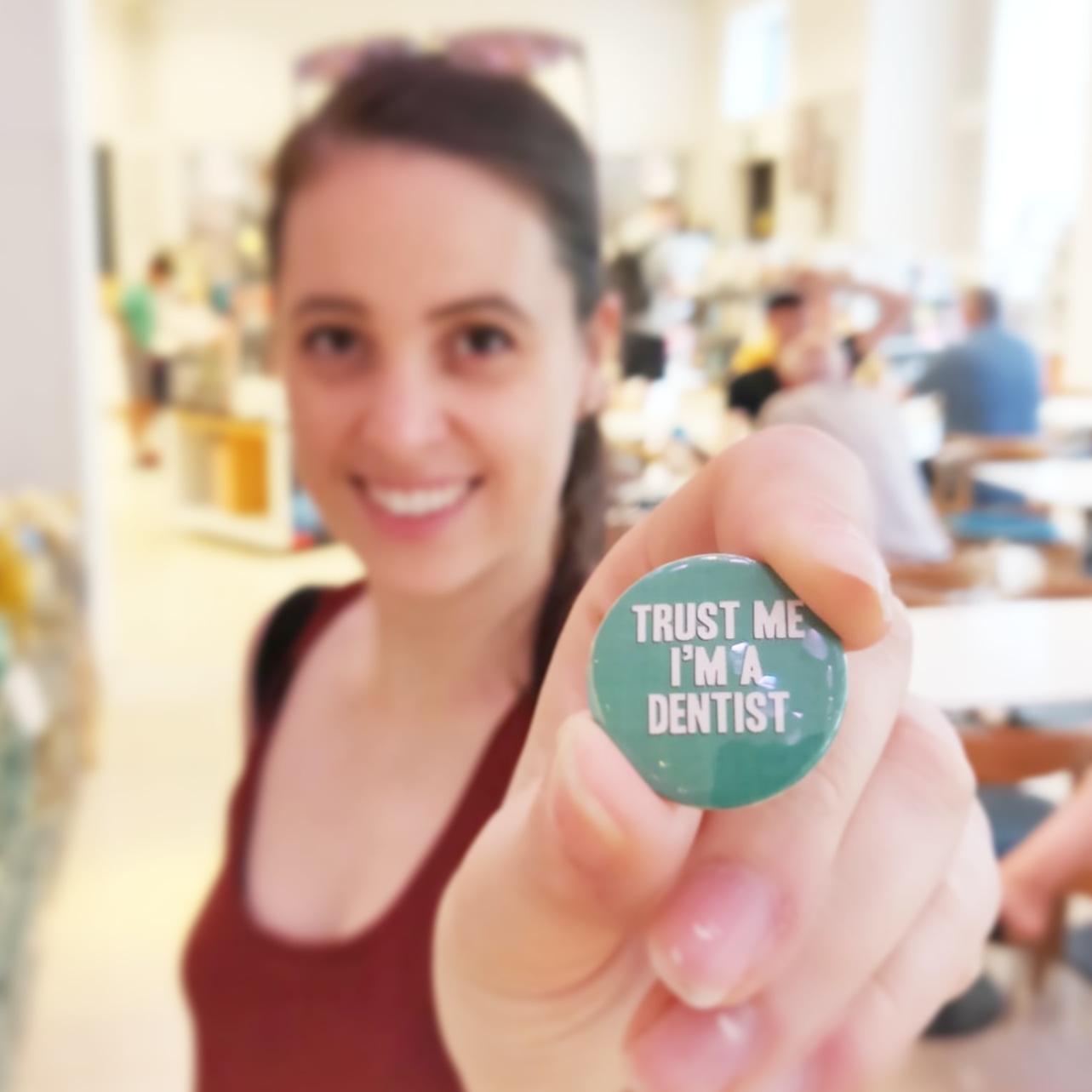





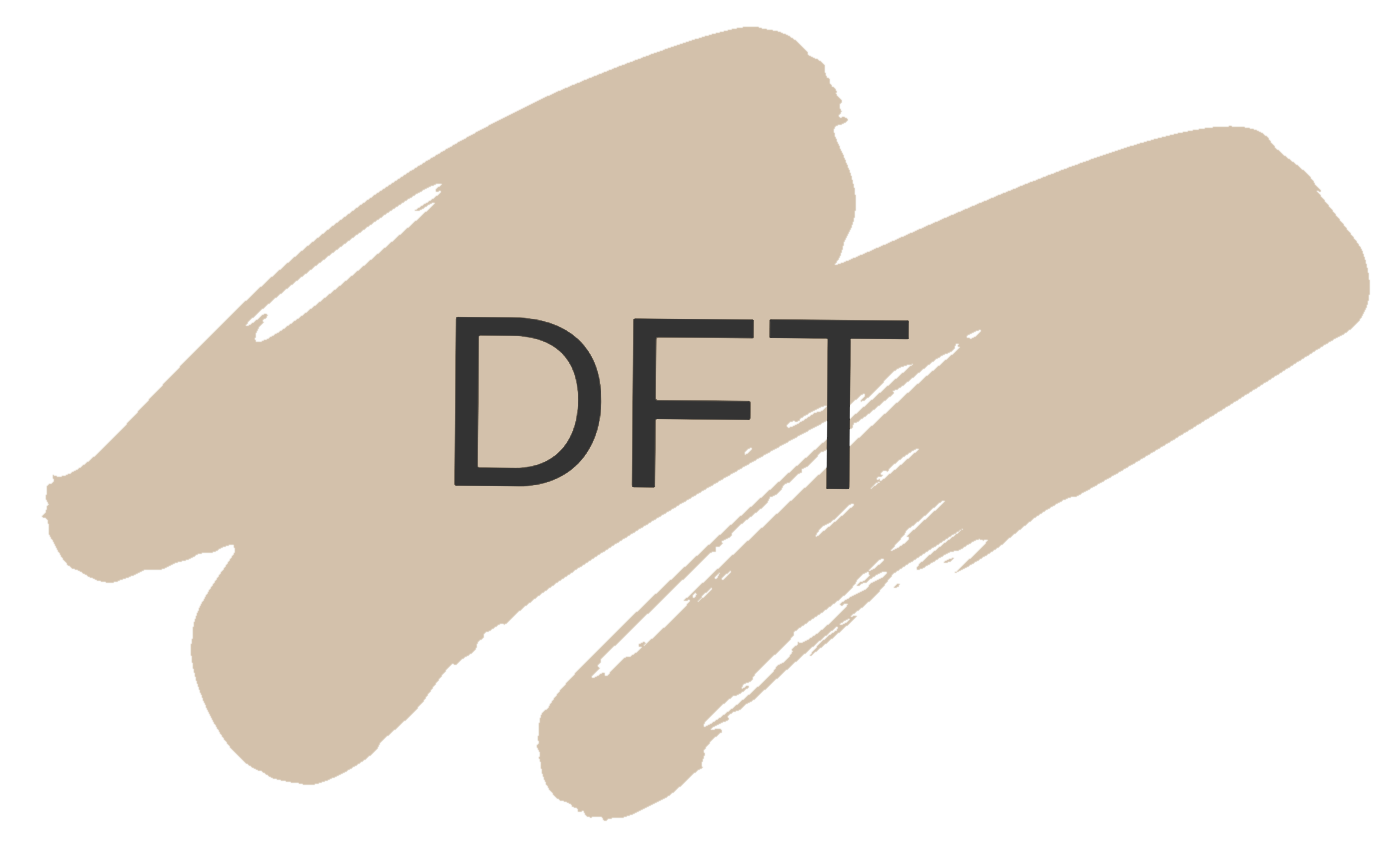

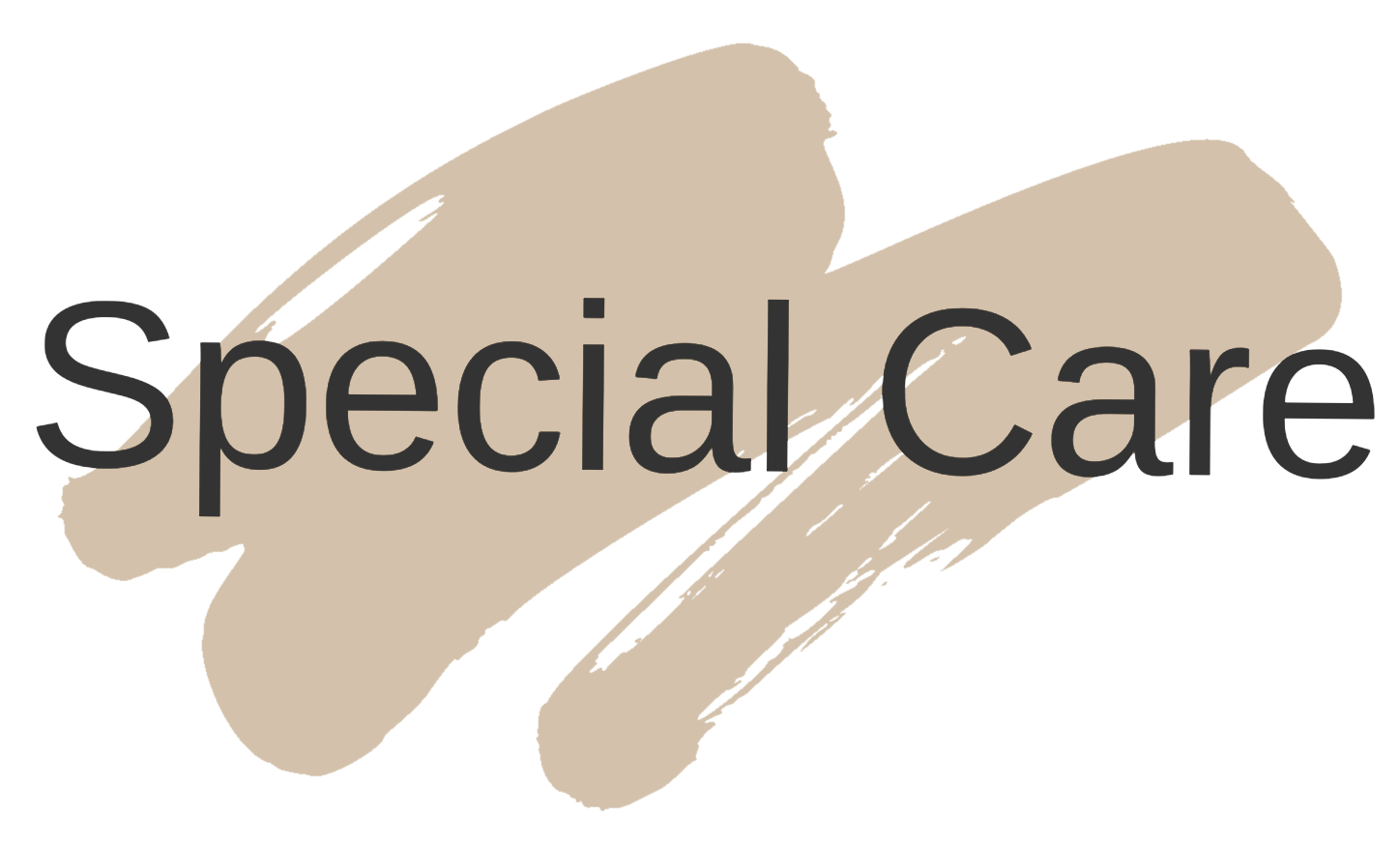
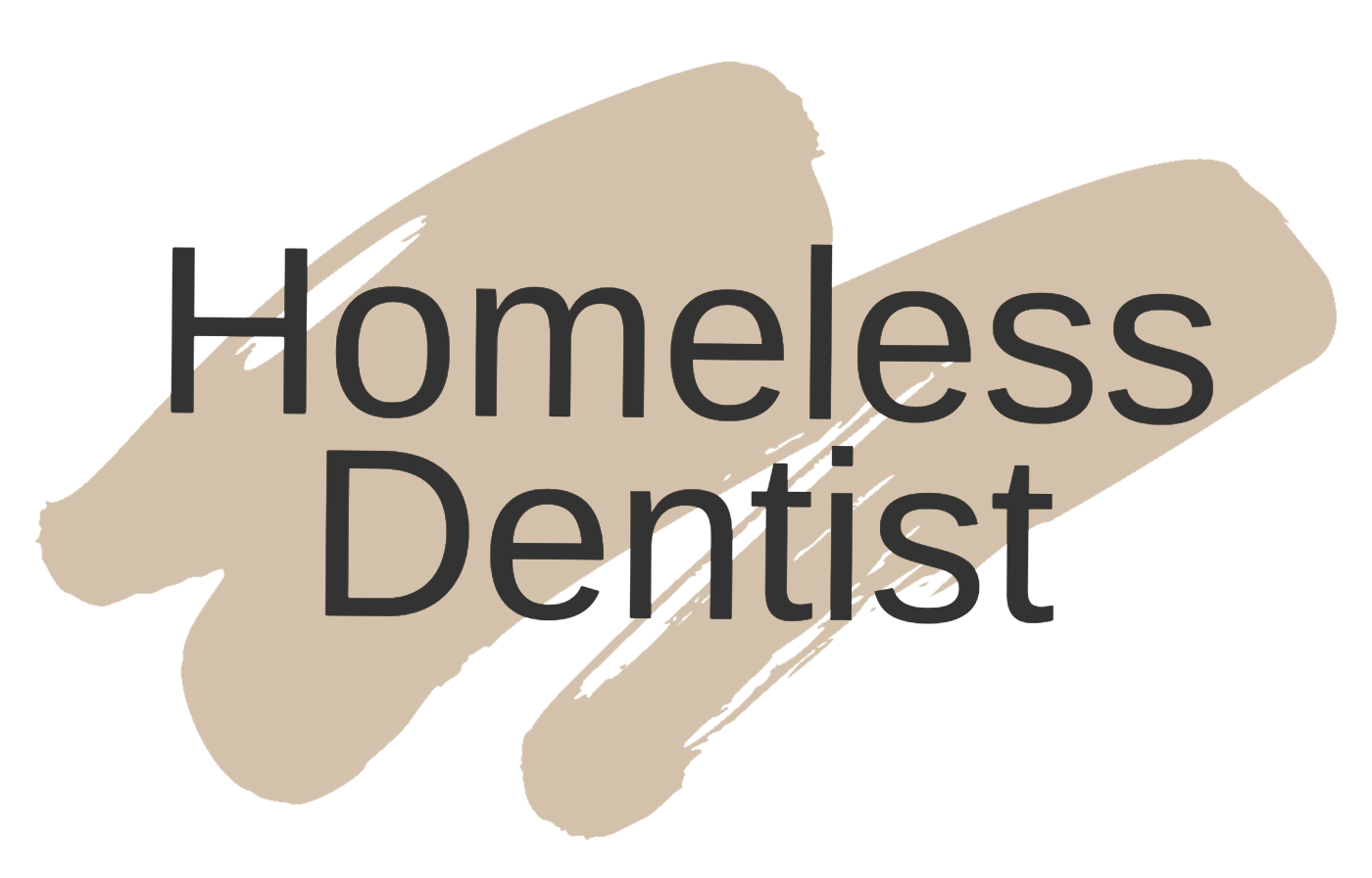
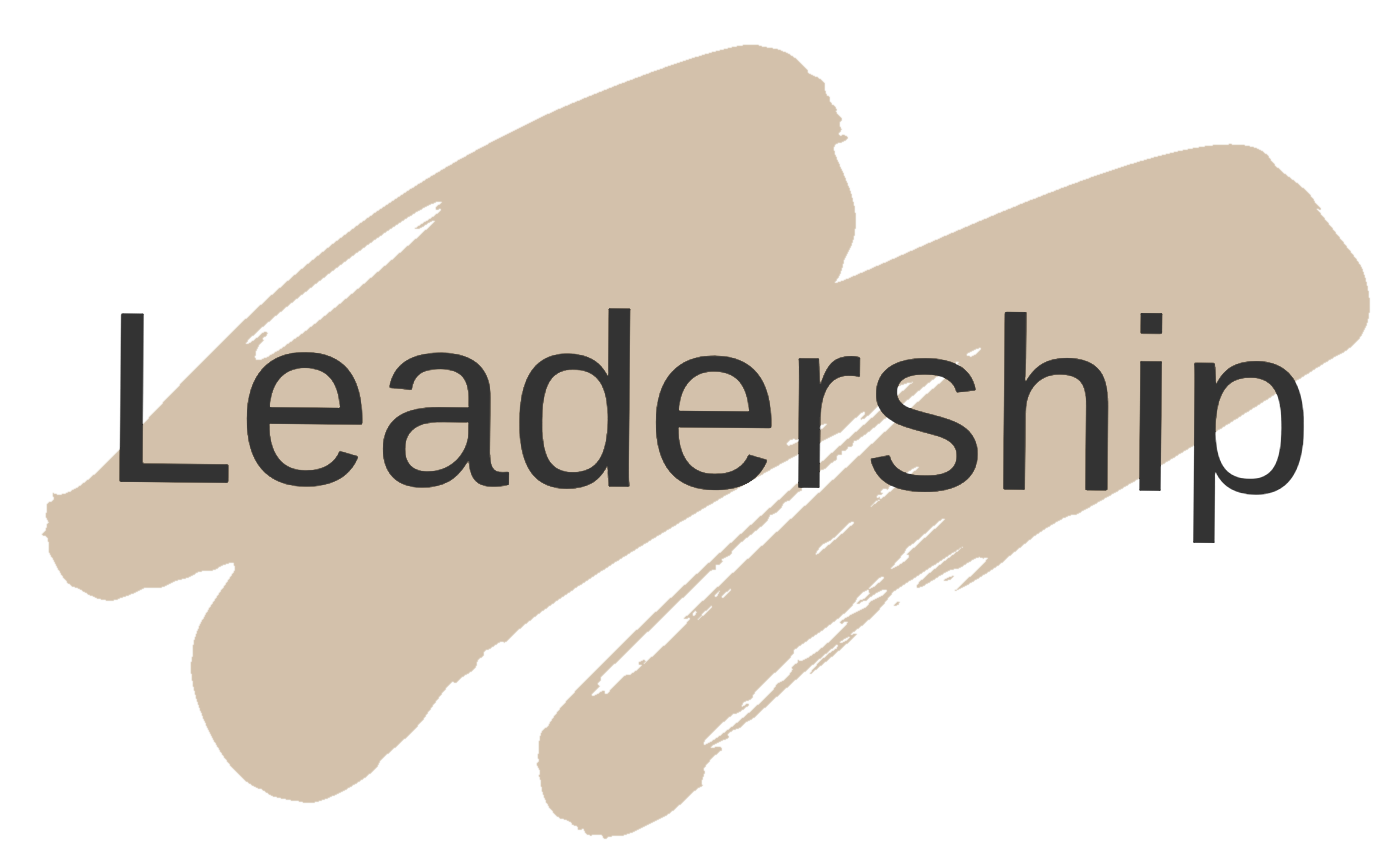

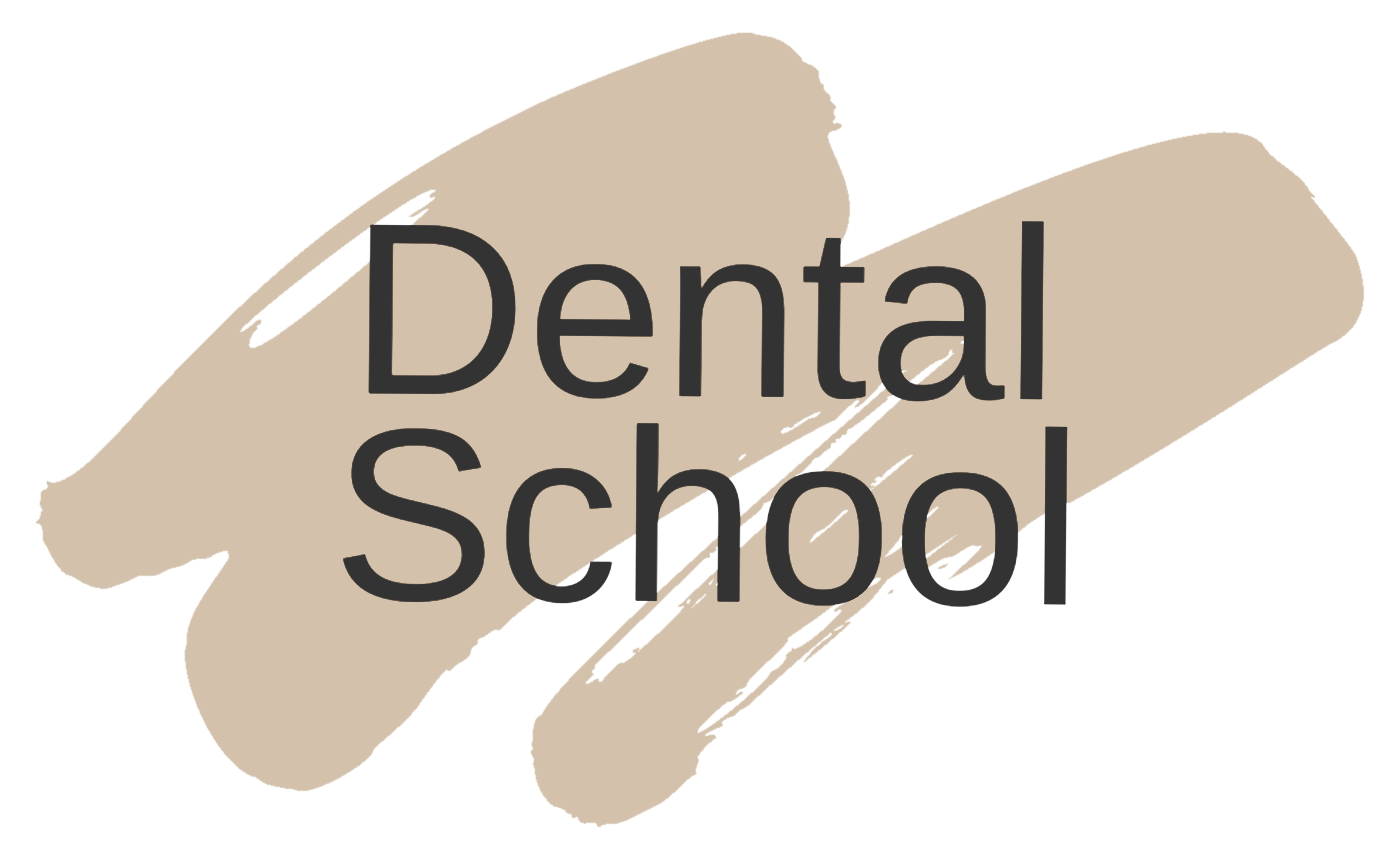
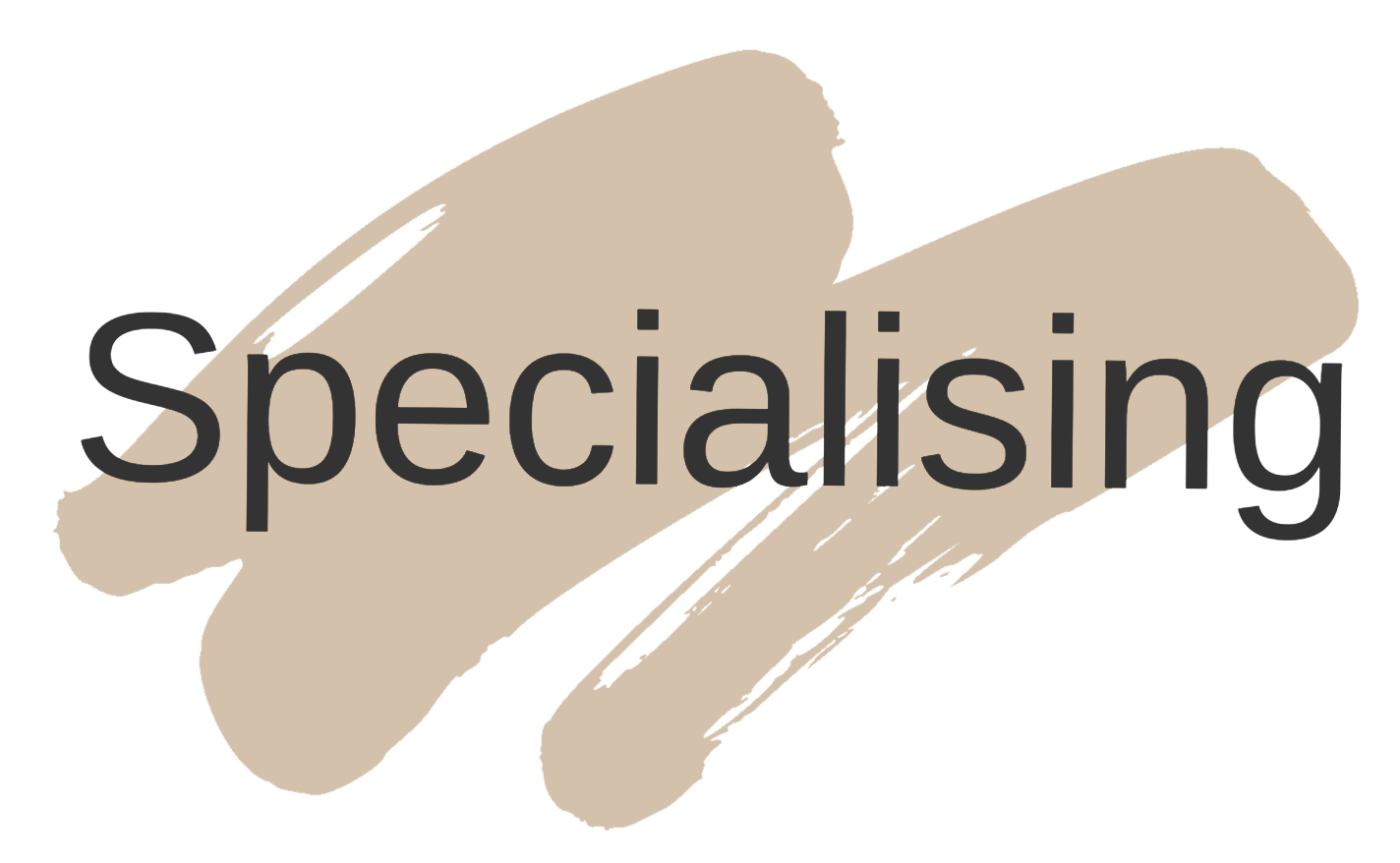
2 comments
Teeth scaling and polishing
ReplyDeleteBrushing your teeth only cleans about 25% of your teeth surfaces. A mouthwash is a great addition to your oral hygiene routine. It not only keeps your breath smelling fresh but also helps to clean those hard to reach space in your mouth. For maximum benefit, you need to use a mouth wash at the right time in the correct manner.
ReplyDeletehow to use a mouthwash